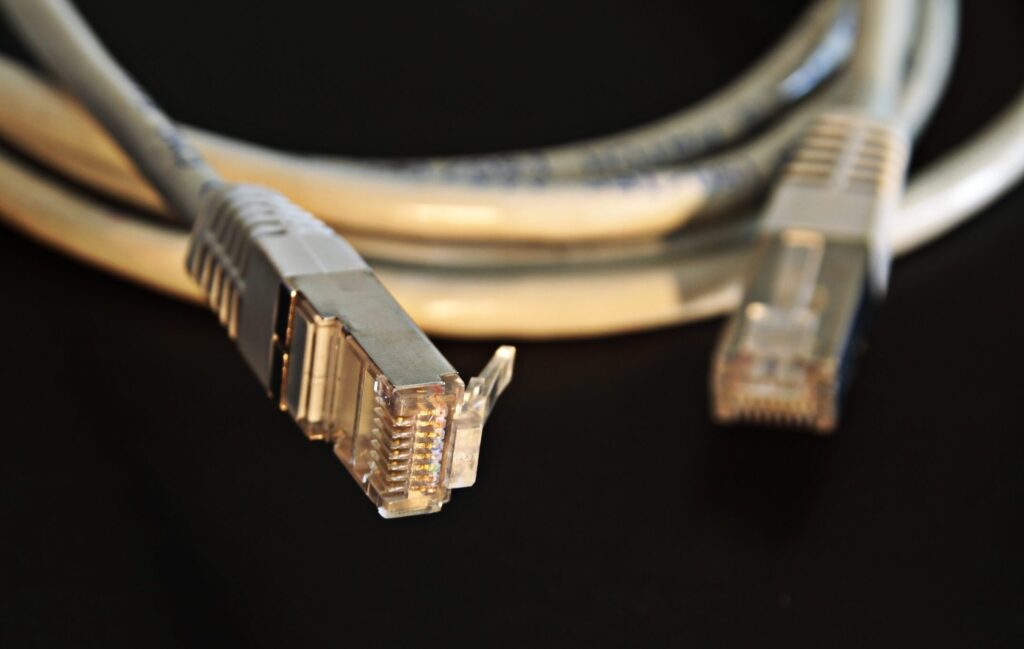If you’re looking to install a dust shutter in your home or office, you’ll need to make sure that the shutter is compatible with the type of fiber adapter you’re using. In this guide, we’ll cover the different kinds of dust shutter fiber adapters and show you which is the best suited for your needs. So whether you’re looking to install a new dust shutter or upgrade your current one, this guide will have everything you need!
Do all adapters have shutters?
Adapter shutters are optical adapters used to protect fiber optic cables from dust and other debris. Adapters with shutter adapters typically have small metal plates that close when the line is plugged into the adapter, preventing dust or other objects from entering the cable.
Adapters without shutter adapters are less expensive and can be used in more general applications. They don’t usually have as much protection for the cable, but they may still provide some level of security.
What is a Dust Shutter Adapter?
A dust shutter adapter is a device that allows you to use fiber optics in dusty environments. Dusty environments can damage fibers, causing them to break and lose their light-carrying capacity. A dust shutter adapter helps protect the fibers from damage by blocking out the dirt and particles while transmitting or receiving light.
Adapter manufacturers recommend using a dust shutter adapter when working with high-density or sensitive applications, such as medical imaging or surveillance systems. You can protect your equipment using an adapter while allowing clear images and smooth video transmissions.
Why Use a Dust Shutter Adapter?
Dust shutter adapters are a great way to protect your fiber optic network from dust and other debris. It is essential when the network is in use, as any dirt or dust on the optical fibers will cause degradation of signal quality and interference with data traffic.
One of the most common causes of fiber optic network damage is particles such as sand, dirt, snow, leaves, or branches getting sucked into the optical cables. As these particles travel along the line, they collide with light waves traveling down it, causing corruption and distortion. Dust shutter adapters help prevent this by trapping all particulate matter before it has a chance to impact the equipment.
Furthermore, dust shutter adapters can also reduce noise levels in your environment caused by windblown debris or footsteps inside buildings. By lowering these noises, you can improve communication between employees within a building and those outside it (in case of an emergency).
What are the Types of Shutter Adapters?
Dust shutter adapters protect fiber optic networks from dust and other contaminants. There are 3 dust shutter adapters: SC, LC, and MPO.
SC adapters feature an essential principle that secures the behind-the-wall connector when the fiber port is not used. At the same time, LC adapters are associated with automated dust shutters. This shutter adapter protects the LC ferrule and fiber wires when the port is not utilized. Finally, MPO adapters are specialized dust shutter adapters equipped with MPO fiber optic connectors. Similarly to LC adapters, they stand for automatic mechanisms.
All three types of adapters can be used with single-mode or multimode fibers. Single mode refers to cables where each strand transmits data independently; multimode refers to the thread where several strands send data together as one unit.
When selecting a dust shutter fiber adapter, ensure you understand which type of fiber it will be compatible with and what kind of signal strength you require. Adapter compatibility will also depend on your network configuration – some may work with multiple types of connectors or adaptors, while others only work with specific ones.
What is the difference between a regular fiber adapter and a dust shutter adapter?
A regular fiber adapter is designed to connect two ends of a standard or multimode fiber-optic cable. A dust shutter adapter is specifically designed for use with optical networks. It is operated to protect the fibers inside from dirt, dust, and other particles that can damage the cables.
Both adapters have one important feature: they allow you to transmit data at high speeds over long distances. But other key differences should be considered when choosing which adapter will work best for your specific needs.
Standard fiber adapters typically support speeds of up to 10 Gbps (10 million bits per second), while dust shutter adapters can reach speeds of up to 50 Gbps. Additionally, regular fiber adapters are not as sensitive as dust shutter adapters when detecting interference levels, so they’re better suited for use in noisy environments such as large offices or factories. Dust shutter adapter also offers more protection against electromagnetic interference (EMI).
Ultimately, the type of adapter you need depends on the kind of network you’re using it with and your specific requirements. So be sure to consult your vendor or consultant if you need help determining which option would be best for your project.
Can I use a dust shutter adapter with a fiber patch cable?
Yes, you can use a dust shutter adapter with a fiber patch cable. This is an excellent way to keep your network clean and free of damage caused by dirt and debris. Just make sure to choose the correct model for your needs. Several models are available, and all of them have been designed to protect your equipment from dust and other contaminants. Using an adapter intended for fiber optic cables, you can connect your dust shutter more securely and reliably.

